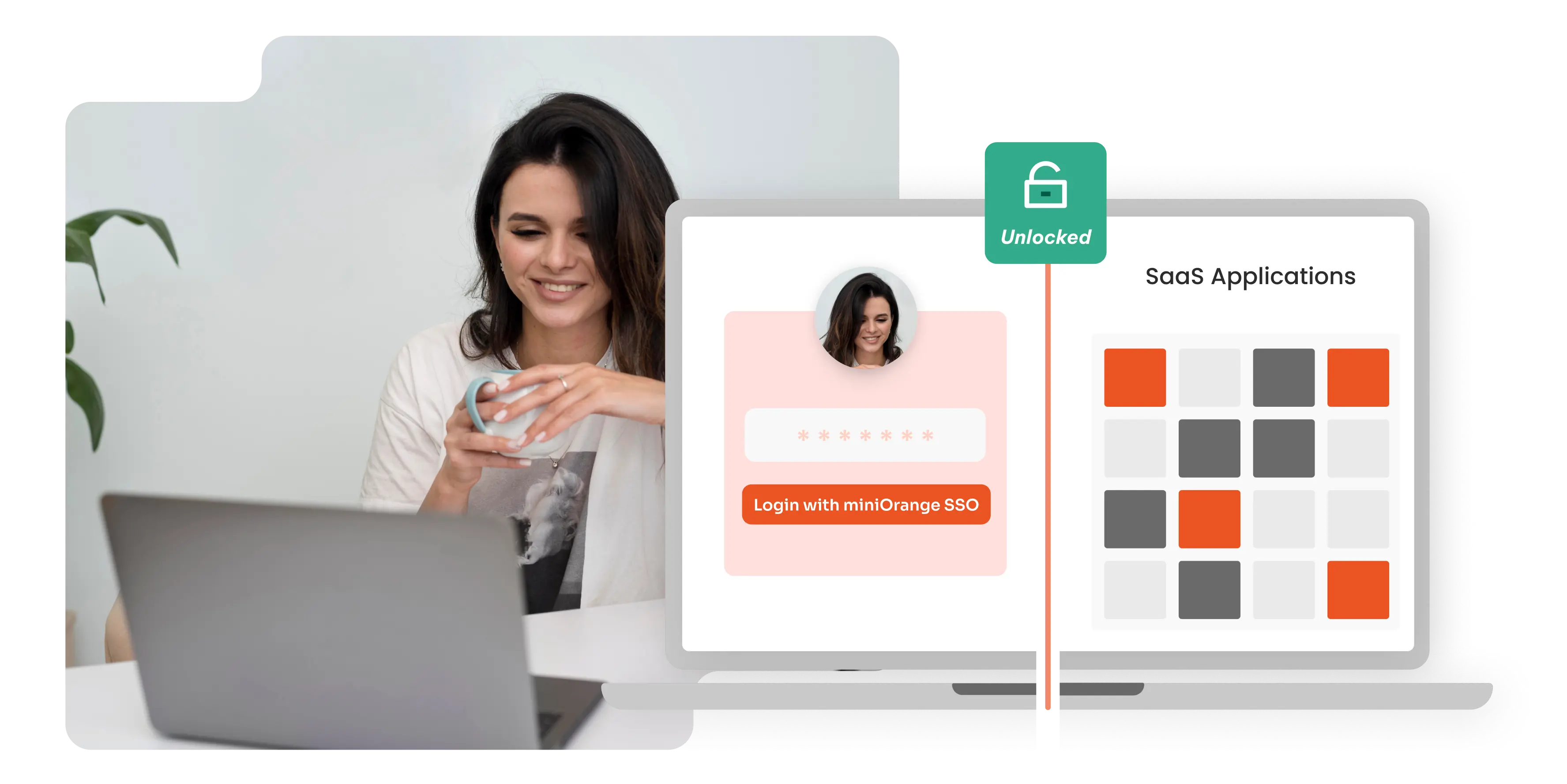Attribute-Based Access Control (ABAC) is a security model that manages access to resources based on a combination of attributes associated with users, resources, and the environment. Unlike traditional access control models like Role-Based Access Control (RBAC), which rely on predefined roles, ABAC access control allows for more dynamic and flexible decision-making by evaluating attributes. These attributes can include user information (such as department, clearance level, or job role), resource properties (such as sensitivity or file type), and environmental factors (such as time of day or location).
In ABAC security, access is granted or denied based on a policy that defines which attributes must be met. For example, an organization might allow access to a confidential document only if the user has a certain security clearance, is accessing the document from a specific location, and within a certain timeframe. This multi-dimensional approach makes ABAC authorization highly adaptable to today’s complex IT environments, where static role-based systems may no longer be sufficient to protect sensitive data and critical systems. As a result, ABAC cyber security has emerged as a critical component for organizations looking to bolster their defenses in increasingly diverse and cloud-based infrastructures.
How ABAC Works
Attribute-Based Access Control (ABAC) is a dynamic and flexible IAM (Identity and Access Management) model that grants or denies user access based on a set of predefined policies.
At its core, ABAC operates using policies defined by attributes — characteristics associated with the user (subject), the resource they’re trying to access, the actions they intend to perform, and the surrounding environment. These policies are built as boolean functions, meaning they can change dynamically in response to evolving organizational requirements, making ABAC access control highly adaptable.
Key Attributes in ABAC
- Subject: This refers to the user requesting access. Attributes here might include the user’s role, department, clearance level, or any other relevant user-related information. This forms a critical component of ABAC authorization as it helps in identifying who can access what.
- Resource: This is the asset that the user is trying to access, such as a file, application, API, or server. Resource attributes might cover details like the type of data, its sensitivity level, or ownership, which are crucial in ABAC security policies.
- Action: This specifies what the user intends to do with the resource — for example, read, write, edit, delete, or copy. Each action has its own set of access rules that need to be evaluated under ABAC authorization.
- Environment: This covers the broader context in which the access request is made. It could include the time of access, geographical location, device type, network security protocol, or even the encryption standards in use. The context-aware nature of ABAC cyber security ensures that access is granted only under secure conditions.
When a user tries to access a resource, the ABAC system evaluates all these attributes against the defined policies. The policies use boolean logic to check if every attribute aligns with the established rules. Access is granted only if all the attributes meet the policy's requirements, thereby ensuring robust ABAC security.
Benefits of Attribute Based Access Control (ABAC)
Attribute-Based Access Control (ABAC) offers a range of advantages that make it a preferred choice for modern security strategies. Here’s a breakdown of its key benefits:
- Granular Access Control: Unlike traditional models that rely on broad roles or groups, ABAC allows administrators to define access rights based on specific attributes. This high level of detail enables organizations to control access down to the granular level, significantly reducing the risk of unauthorized access. By applying ABAC authorization, companies can tailor permissions based on individual attributes, ensuring that only the right users have access to sensitive resources.
- Fast Onboarding of Users: With ABAC, access policies are defined based on attributes rather than individual user roles. This means that when new users join, they are automatically assigned appropriate access rights based on their attributes, such as department, job role, or location. This automation eliminates the need for manually assigning permissions to each user, speeding up the onboarding process and ensuring that ABAC security is maintained effectively.
- Dynamic Access Decisions: One of the standout features of ABAC is its ability to make access decisions based on real-time context. For example, ABAC authorization can restrict access to certain resources during specific times or only permit access from particular locations. This dynamic, context-aware decision-making process adds an extra layer of protection, enhancing overall ABAC cyber security by considering the environment in which access requests are made.
- Policy-Based Access Control: ABAC access control enables administrators to set clear, structured policies that define who can access specific resources under certain conditions. These policies simplify the management of access rights and make it easier to audit and review access controls. By centralizing policy management, ABAC not only enhances security but also helps organizations stay compliant with internal and external regulations.
- Extra Security Buffer: Beyond traditional security measures like encryption, ABAC security provides an additional buffer against potential breaches. For instance, ABAC can make it harder for users to access resources from unknown devices or unverified locations, thereby adding another layer of defense to protect critical assets and sensitive data. This extra security measure ensures that even if other security protocols are compromised, ABAC cyber security still helps safeguard the organization’s resources.
Overall, ABAC offers a flexible, dynamic, and secure way to manage access controls, making it an ideal choice for organizations looking to enhance their security posture.
ABAC vs. Role-Based Access Control (RBAC)
ABAC (Attribute-Based Access Control) and RBAC (Role-Based Access Control) are widely used access control models in cybersecurity. While both aim to manage user permissions and secure sensitive information, they differ significantly in their approach. Let us have a look at the detailed comparison:
| ABAC | RBAC |
|---|---|
| Entirely attribute-driven: Access decisions are made based on user, resource, action, and environmental attributes (e.g., role, department, location, time). | Based on roles: Permissions are assigned based on predefined job roles (e.g., admin, manager), which determine access rights. |
| Dynamic and context-aware: Access policies can adapt to real-time context, such as location, time, and device type. | Static and predefined: Access is granted based solely on assigned roles without considering dynamic contexts. |
| Fine-grained access control: Policies can be tailored to very specific conditions, providing granular control over who can access what. | Broad access control: Users inherit permissions based on their roles, which can lead to excessive access if roles are too broad. |
| Policy-based access control: Uses XML-based natural language policies that consider multiple attributes and context to make access decisions. | No policy construct: Access is determined by assigning users to specific roles; there are no complex policy rules. |
| Ideal for large, dispersed organizations: Suited for enterprises with numerous users and resources requiring precise access controls. | Ideal for smaller organizations: Best for businesses with a more centralized workforce and fewer external users. |
ABAC offers a dynamic, context-aware approach with fine-grained control, making it suitable for complex environments. RBAC, on the other hand, provides a simpler, role-based model that works well for smaller or less dynamic organizations.
What Are the Use Cases of Attribute-Based Access Control (ABAC)?
Attribute-Based Access Control (ABAC) is highly versatile, providing tailored access based on user attributes, roles, locations, and more. Here are key use cases:
- Granular Data Security: ABAC secures sensitive data by allowing access based on specific conditions, such as user role, location, or device used. This fine-grained control reduces the risk of unauthorized access.
- Protecting Microservices and APIs: ABAC ensures only authorized users or services can access APIs and microservices, providing enhanced security in complex, cloud-based architectures.
- Dynamic Firewalls and Policy Controls: ABAC supports real-time, per-user policy adjustments based on changing attributes like network location or device, strengthening network security with dynamic access controls.
These use cases highlight ABAC's adaptability in various scenarios, especially where detailed, context-aware security is crucial.
Disadvantages of Using ABAC
- Increased Complexity: Setting up ABAC requires careful planning, as administrators need to define numerous attributes and policies, making implementation time-consuming.
- Scalability Challenges: Managing a large number of users and attributes can be difficult, especially as organizations grow, making ABAC less efficient to scale.
- Auditing Difficulties: The numerous permissions in ABAC create complexity, making it harder to audit and identify potential security gaps.
Conclusion
Attribute-Based Access Control (ABAC) offers a flexible and dynamic approach to managing access, using a combination of user, resource, action, and environmental attributes. Its ability to provide fine-grained, context-aware security makes it ideal for complex and evolving IT environments, particularly in cloud-based infrastructures. While ABAC has its challenges, such as complexity and scalability issues, its benefits, including granular control, dynamic policy management, and enhanced security, make it a valuable component for organizations aiming to strengthen their cybersecurity posture.
To implement ABAC effectively and seamlessly, solutions like miniOrange offer comprehensive tools to help you manage and secure access with ease.
Frequently Asked Questions
1. What Does ABAC Mean?
ABAC (Attribute-Based Access Control) is a security model that manages access to resources based on various attributes or characteristics. These attributes can include user details (like role or department), the type of resource, the action to be performed (e.g., read, write), and environmental factors (such as time, location, or device).
2. What Is ABAC Used For?
ABAC is used to provide fine-grained access control to sensitive data, systems, and services. Unlike traditional role-based models, ABAC uses detailed policies to decide if a user should have access based on specific attributes. This makes ABAC ideal for complex environments, such as cloud platforms, where access needs to be tailored to individual circumstances, such as restricting certain data access only during business hours or from specific locations.
Author





Leave a Comment